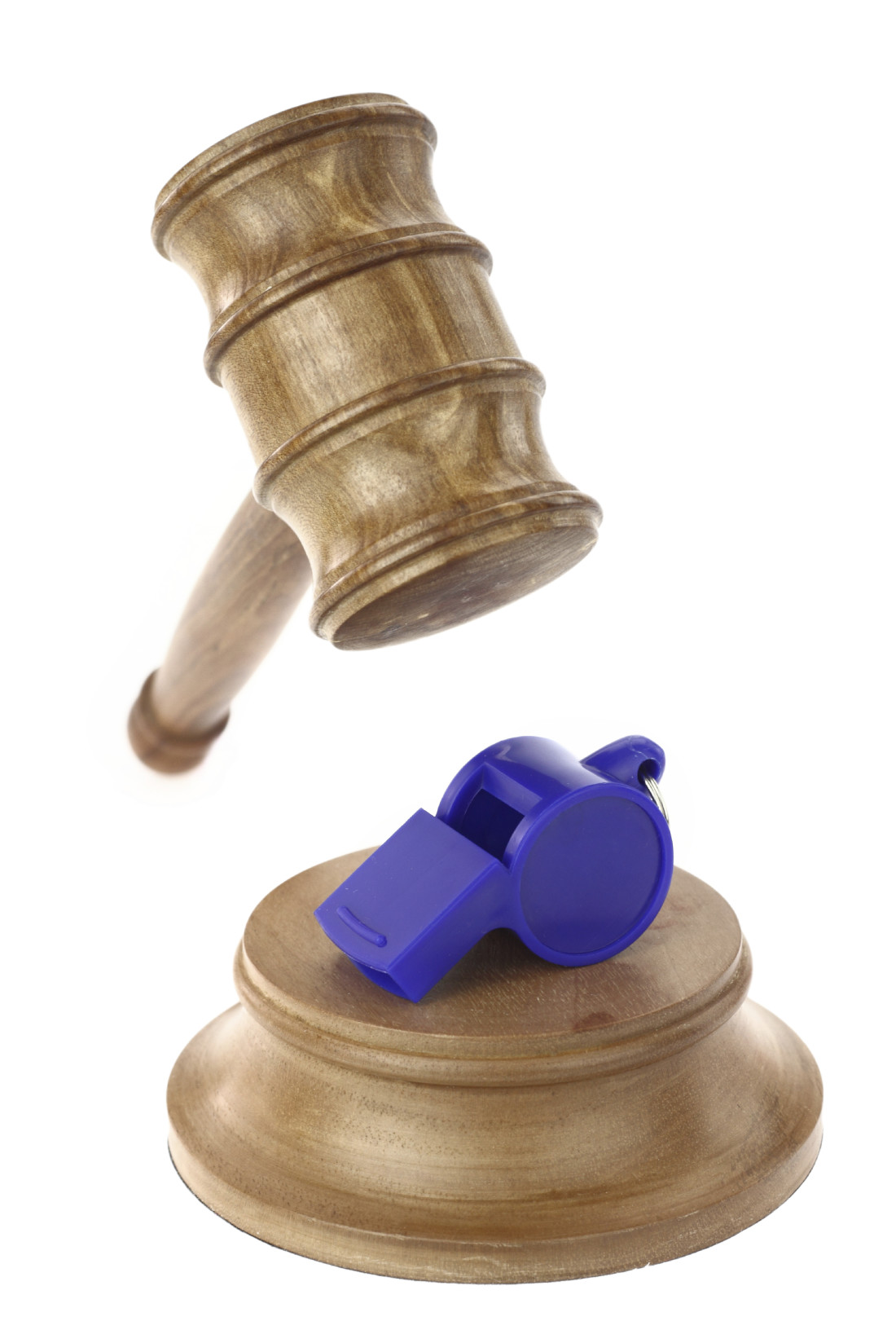How Does a Court Decide Whether an Employee's Whistleblowing Caused Termination?

In our last post, we discussed the case of Wiest v. Tyco, in which the Third Circuit held that an employer’s investigation of unrelated wrongdoing by an employee insulated it against the employee’s Sarbanes-Oxley whistleblower retaliation claim. Now, we tackle another piece of the Wiest decision: the court’s holding that Wiest’s protected activity did not contribute to the adverse action against him.
To establish a Sarbanes-Oxley claim, an employee must show that there was a causal connection between his or her whistleblowing and an adverse employment action. If the employee can’t show that link, then he or she can’t prevail. In the Wiest case, the court assumed that Wiest did in fact engage in protected whistleblowing activity. But it held that Wiest didn’t have evidence to show that the whistleblowing caused the employer to take action against him.
Before addressing causation, the court had to figure out what the actual adverse actions were. Wiest raised two principal possibilities.
First, he said that he was “constructively discharged” in September 2009—over a year after his alleged protected conduct—because his manager and direct reports became “less communicative.” He also said that the investigation of his own wrongdoing made him uncomfortable. The court held that “Wiest’s contention that he felt isolated from his colleagues” wasn’t enough to establish a constructive discharge and that the company was under a duty to conduct the investigation when employees complained about Wiest.
Second, Wiest said that the company made a preliminary decision to terminate him in September 2009. While the court found evidence to support this, it held that a reasonable jury could not find that Wiest’s whistleblowing caused the decision. The preliminary decision wasn’t close in time to the alleged whistleblowing, so a jury couldn’t infer cause from “temporal proximity.” And the factual record, which included the investigation of Wiest’s alleged wrongdoing, showed “legitimate intervening events” for the September 2009 adverse action. Specifically, Wiest had received praise and bonuses after his whistleblowing, the individuals who initiated and conducted the investigation of his alleged wrongdoing had no knowledge of his protected activity, other employees engaged in similar whistleblowing conduct weren’t fired, and the employee who Wiest said was unhappy with his whistleblowing wasn’t even with the company at the time.
Then, the court went on to hold that the company would have fired Wiest anyway even if his whistleblowing contributed to the adverse action.
The court’s decision on the causation issue is an interesting exploration of the different facts a court may examine when deciding whether whistleblowing caused retaliatory conduct. When an employer can establish that the employee was treated favorably after whistleblowing, time passed between the whistleblowing and termination, and the employee who made the termination decision didn’t know about the whistleblowing, a court may find it very simple to conclude that the whistleblowing didn’t cause the adverse action against the employee.
Information provided on InsightZS should not be considered legal advice and expressed views are those of the authors alone. Readers should seek specific legal guidance before acting in any particular circumstance.
As the regulatory and business environments in which our clients operate grow increasingly complex, we identify and offer perspectives on significant legal developments affecting businesses, organizations, and individuals. Each post aims to address timely issues and trends by evaluating impactful decisions, sharing observations of key enforcement changes, or distilling best practices drawn from experience. InsightZS also features personal interest pieces about the impact of our legal work in our communities and about associate life at Zuckerman Spaeder.
Information provided on InsightZS should not be considered legal advice and expressed views are those of the authors alone. Readers should seek specific legal guidance before acting in any particular circumstance.




